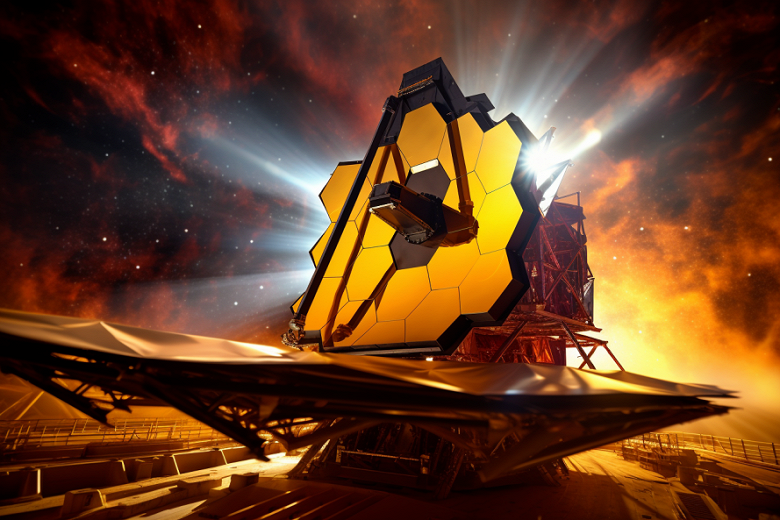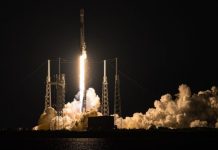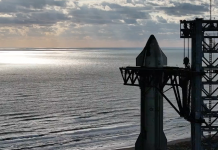James Webb Space Telescope
In 2007, Katherine Freese, in collaboration with other astrophysicists, proposed the concept of dark stars, which could have formed at an early stage in the existence of the universe. Since then, scientists have continued to build models and refine the list of characteristics that such a star could have. In the new study, Freese and her colleagues found three candidates in data collected by the James Webb Telescope that fit the bill.
In the early Universe, Weakly Interacting Massive Particles (WIMPs) annihilated each other in areas where their density was high. Each dark star formed in a dark matter halo approximately equal to 1,000,000 solar masses (1 solar mass = 1.99 × 10^30 kg). The mass of such a star can reach up to ten million solar masses, and the luminosity – up to ten billion greater than the solar mass.

James Webb Space Telescope Finds Possible Evidence for Dark Stars
During the early stages of star formation, when the gas density is low, most of the energy released during star formation is radiated. However, as the gas is compressed and its density increases, a significant part of the energy is transferred to the gas, heating it. Scientists have calculated the threshold value of the gas density, after which most of the annihilation energy remains inside the core and heats it up so that the process of evolution of the star changes and the collapse of the core does not occur.
This phase of the evolution of dark stars may differ significantly from those known, as well as the synthesis of heavy elements necessary for the formation of future generations of stars. The main question of the model was how long this phase of the evolution of dark stars lasts. If such objects are stable for a long period of time, then dark stars can still be observed today.
The discovered candidates – JADES-GS-z13-0, JADES-GS-z12-0 and JADES-GS-z11-0 – fully correspond to the characteristics of dark stars. In a 2007 paper, astronomers predicted that the James Webb telescope would be powerful enough to observe dark star candidates. The existence of these objects can be indirectly proved by the registration of annihilation products on neutrino detectors, such as AMANDA or ICECUBE. And the photons formed as a result of annihilation could contribute to the background of γ-radiation, then the existence of dark stars can be confirmed by observations from Cherenkov telescopes such as HESS, VERITAS and MAGIC.




